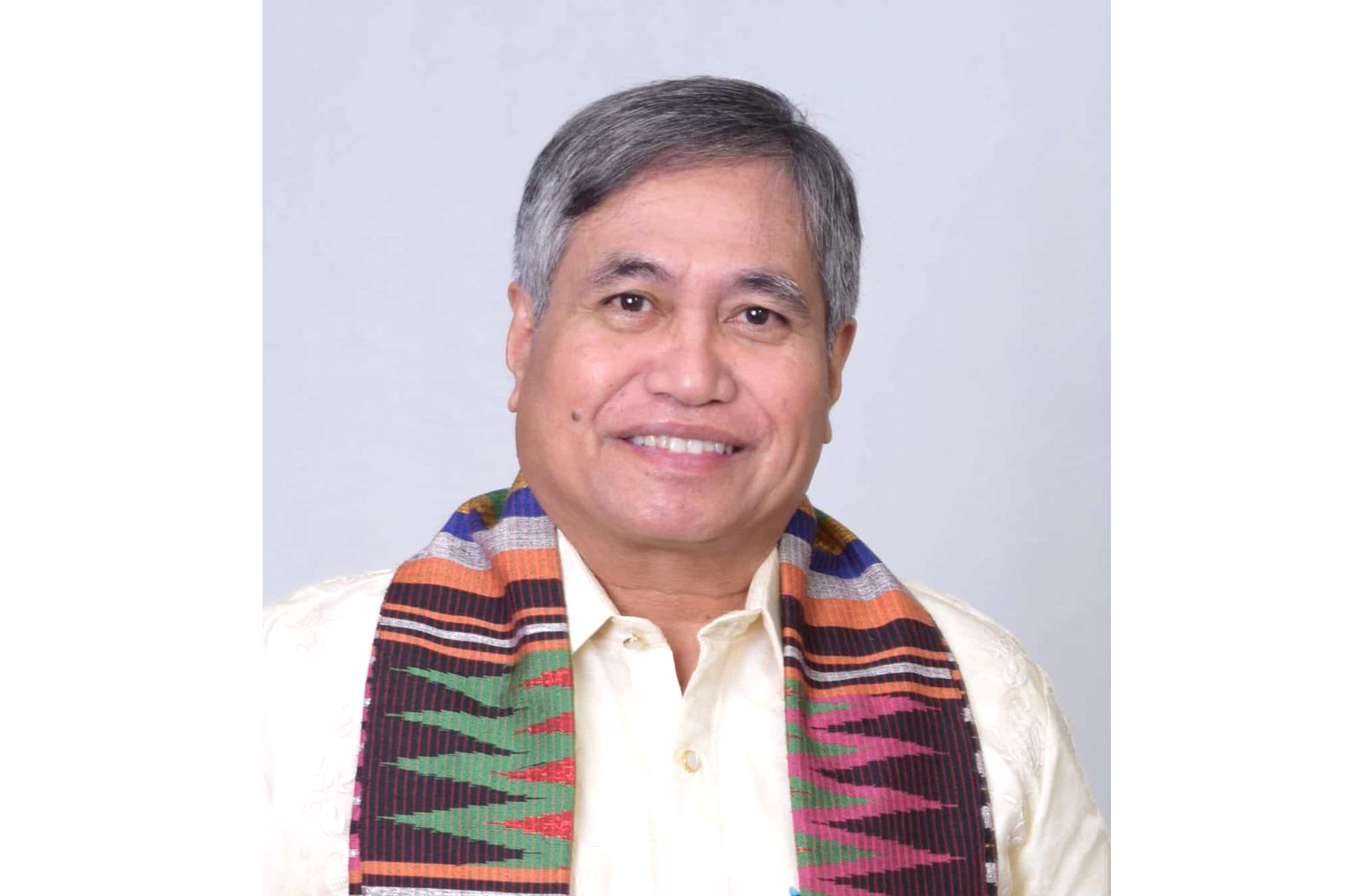FROM THE MARGINS

It is sad that poor people, who need insurance the most, are also the least likely to have it. Insurance is important to poverty reduction because the poor are vulnerable to many risks and economic shocks. Unexpected losses, such as death in the family, joblessness, loss of property, crop failure, and disasters — both natural and man-made — usually bring poor people deeper into poverty. Insurance can help them mitigate the effects of catastrophic events, protect their assets, and prevent them from having to rely on government aid to bounce back. It can also encourage them to adopt more productive livelihoods that can help lift them out of poverty.
Unfortunately, insurance penetration in the Philippines remains very low and is even declining. Based on the latest Consolidated Insurance Industry Performance Statistics of the Insurance Commission (IC), insurance penetration declined from 1.81 percent in 2022 to 1.75 percent in the second quarter of 2023, and was even reduced to 1.68 percent in the third quarter.
But there is hope. Microinsurance — affordable insurance products designed for low-income households -- is on the rise. In October 2023, the IC reported that the number of lives insured by microinsurance increased from 52.54 million in the second quarter of 2023 compared to 49.03 million the previous year. Microinsurance mutual benefit associations (Mi-MBAs) insured the greatest number of lives — 27.81 million — while life insurance companies and non-life insurance companies insured 17.00 million and 7.72 million lives, respectively.
Reflecting the increase in the number of lives insured, premiums collected under microinsurance policies also increased across all providers. Premium collection by Mi-MBAs reached ₱3.63 billion, while life insurance companies and non-life insurance companies collected ₱1.79 billion and ₱1.28 billion, respectively. Mi-MBAs’ premium collection increased by 10.93 percent, while life insurance and non-life insurance companies posted increases at 19.87 percent and 84.08 percent, respectively. Total microinsurance premium production jumped by 22.68 percent, increasing to ₱6.70 billion in the second quarter of 2023 from only ₱5.46 billion in 2022.
The IC actively promotes microinsurance to promote financial inclusion. There are currently 48 microinsurance providers (23 MI-MBAs, 12 life insurance companies and 13 non-life insurance companies) that offer micro-life, personal accident and health insurance, micro-agricultural insurance, and micro-pre-need products like micro-memorial, educational, and pension plans.
I agree with Insurance Commissioner Reynaldo Regalado, who believes that digitalization and financial literacy will encourage more people to be insured. Speaking before insurance agents and underwriters last August, he urged insurers to help in advocating financial literacy to improve people’s access to financial services, including insurance. During the Philippine Insurance Summit last year, he also pressed the insurance industry to tap technologies to provide Filipinos with better access to insurance amidst the risks brought by climate change.
I remember Luz Lalap, an Mi-MBA microinsurance coordinator from Batangas, who once said: “Introducing the concept of microinsurance to people is not easy, but I persevered because I knew how important it is, especially for poor families.” Her son fell ill and needed to go through two years of medication. They sold their cows, applied for loans, and spent their savings to pay for his hospitalization. The experience encouraged her to promote microinsurance. Her job was not easy. When strong typhoons came, she had to visit the clients’ homes to validate their insurance claims – trudging muddy trails, enduring fatigue and many difficulties. But she said she welcomed the opportunity to help others.
Luz belongs to an Mi-MBA that is a member of the Microinsurance MBAs Association of the Philippines (MiMAP), the biggest microinsurance network in the country. Composed of 19 Mi-MBAs, MiMAP insures 29.49 million lives and has a combined membership of 8.87 million as of December 2023. With simple requirements and quick processing time, MiMAP has been a lifeline for members who experience unforeseen tragedies. In 2023 alone, it paid an average of 261 claims worth a total ₱7.46 million per day. It collected premiums worth ₱7.16 billion, paid a total of ₱2.68 billion claims and reserved ₱1.96 billion in refundable equity value to members.
I have had the privilege of joining MiMAP in meeting Insurance Commissioner Regalado and we appreciate his support of financial inclusion and MiMAP’s efforts to provide insurance to poor communities and marginalized groups, especially the clients of microfinance institutions (MFIs) that operate in far-flung areas that are unserved or underserved by commercial banks and insurance companies.
The Commission’s partnership with MiMAP to promote microinsurance remains strong. In celebration of the National Microinsurance Month and IC’s 75th anniversary, the 2024 National Microinsurance Forum will be held at The Manila Hotel tomorrow, Jan. 23. With the theme, “Sustainable and Inclusive Finance for Climate Resiliency,” the forum will explore ways to foster a microinsurance ecosystem that not only advances financially sustainable microinsurance operations but also enhances the potential for delivering greater societal impact. I hope to see you there!
* * *
“Insurance encourages savings by reducing your expenses in the long run.” - Yash Sharma
(Dr. Jaime Aristotle B. Alip is a poverty eradication advocate. He is the founder of the Center for Agriculture and Rural Development Mutually-Reinforcing Institutions (CARD MRI).)